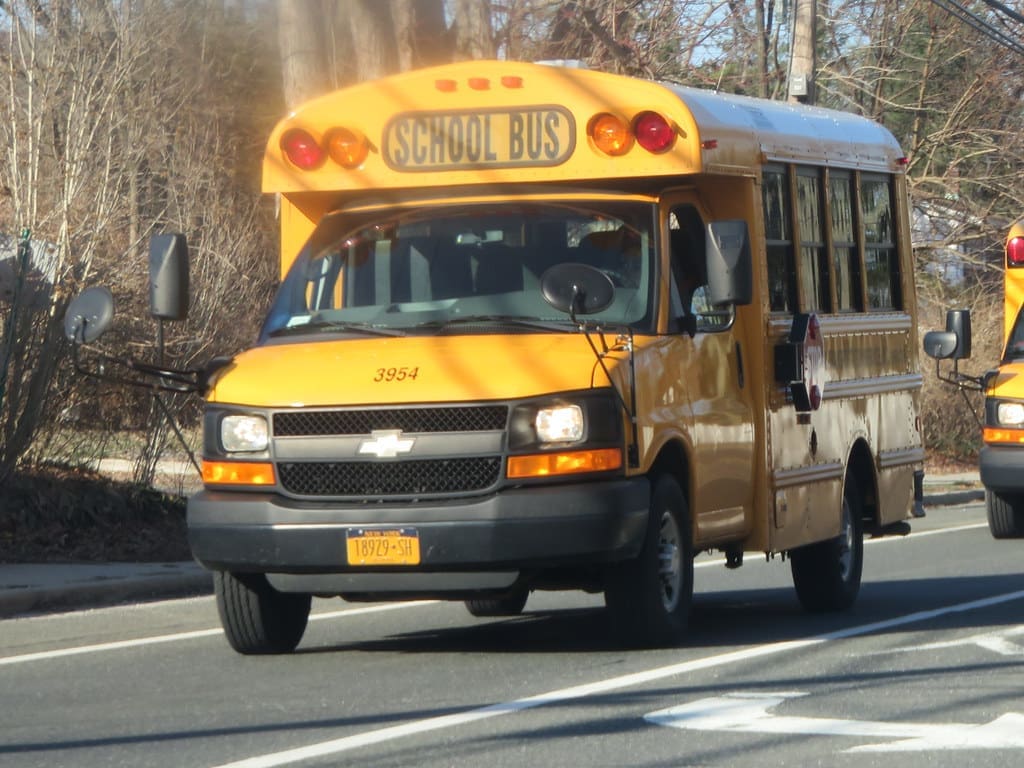
Decline of Transportation
You may not realize it, but transportation is a key component of our lives. It dictates where, how, and when you go certain places.
You may not realize it, but transportation is a key component of our lives. It dictates where, how, and when you go certain places, inside and outside of Sweet Home. To give you an idea of just how big transportation really is, The American Public Transportation Association says, “in 2019, Americans took 9.9 billion trips on public transportation.” This statistic only covers SOME of the United States population’s public trips and not any other countries’ public trips. We also don’t get to see any private transportation, measured in this statistic.
We can see that the Coronavirus Pandemic has caused a big decline in public transportation riders and drivers. These declines can be traced to new COVID-19 policies, such as social distancing. According to a report made by The Economic Development Research Group US, INC, “public transit ridership dropped by nearly 80% in April 2020 and remained more than 60% below 2019 levels through the rest of the year.” Data USA also states, “the number of people employed as bus drivers has been declining at a rate of 4.02%, from 594,285 people in 2016 to 570,423 people in 2017.”
Even though this public transportation depression can be backed up by COVID, we also have to keep in mind that this decline started much earlier. This has become quite apparent throughout the 2010’s.
However, before we go over some of the reasons for this decline in transportation, we need to actually understand what public and private transportation is and how they are different from each other.
Public transportation is a system of transport for passengers by group travel systems available for use by the general public. Examples of public transportation include:
- Buses
- Light rail
- Subways
- Commuter trains
- Streetcars and trolleys
- Cable cars
- Vanpool services
- Ferries and water taxis
- Paratransit services for senior citizens and people with disabilities
- Monorails and tramways
Private transportation is the use of a personal or individual travel system not available to the general public. Examples of private transportation include:
- Automobile
- Motorboat
- Electric bicycle
- Electric skateboard
- Hovercraft
- Moped
- Motorcycle
- Scooter
- Skateboard
- Walking
Reasons for the decline:
Being laid off (Drivers)
COVID-19 has ravaged drivers’ income and jobs. The pandemic has shortened the amount of kids who even go to school physically, many resorting to virtual or only going into school on certain days of the week. These factors have contributed to the decline and lay off of certain drivers. For one, some schools are fully virtual and have no need for drivers to transport students to and from school. As Harmony Weinberg of the Edmonds School District puts it “the district will not be transporting students on school buses until in-person learning takes place, and due to reductions in state funding, the district was forced to implement bus driver layoffs.” There is hope from some bus drivers, who are eligible to receive funding and get a job as a bus driver deliverer.
Lack of Salary and Benefits (Drivers)
Drivers are also seeing a lack of salary and benefits. According to Henry Sanchez of The Grand Rapids School District, “in my district, drivers start at $17.40 per hour, and it takes 20 years to reach the maximum salary of $25.00 an hour. It used to take 30 years.” 30 YEARS! Doesn’t that seem a little absurd to you? Living Wage says that for one adult and no children an acceptable wage is $21.77 and that’s not even taking in account a family. (This is an estimate, so take this information with a grain of salt).
Increasing Prices for Fares (Riders)
These increasing prices aren’t only due COVID, but over the years America has experienced inflation. Inflation has affected gas, electricity, and transportation costs. We can see parts of inflation in effect when Lisa Nandy from Full Fact states, “bus fares have gone up by 60% since 2010.” The New York Times says “transit officials had laid out various options for a fare increase last year, including raising the base fare from $2.75 to $2.85; increasing the surcharge for buying a new MetroCard from $1 to $3; and eliminating seven-day and 30-day unlimited passes or raising their prices.”
Alternatives, such as Uber (Riders)
Uber and Lyft and many more riding services have increased in ridership and shown dominance over the public transportation market. This is because public transportation doesn’t run around the clock but Uber gives people the chance to stay out later and be able to get home or to a certain destination. Uber also is cheaper than other forms of transportation. Lastly, Uber is safer than some other forms of transportation.
To recap, public transportation is declining at a rapid pace because of COVID and other reasons, like prices, salaries, and other alternatives. We saw that some drivers aren’t getting paid enough to support their families and needs. Also, riders find the cost of public transportation to be a lot and look for other means of transport. In schools, students are virtual and don’t need buses and school drivers aren’t being paid enough. Lastly, many people use private transportation instead of public transportation.


